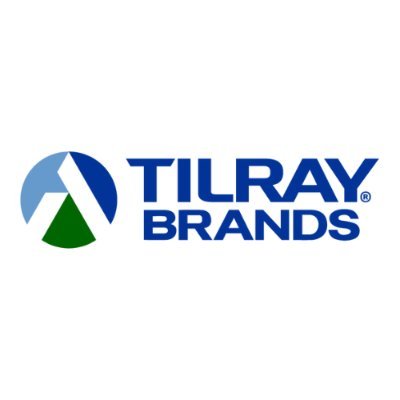
Earnings per Share (EPS) loss of $0.04 anticipated, with revenue expected to be around $210.9 million.
Negative Price-to-Earnings (P/E) ratio of -2.26, indicating challenges in achieving profitability.
Strong liquidity position with a current ratio of approximately 2.54, but challenges in generating positive cash flow highlighted by an enterprise value to operating cash flow ratio of around -13.03.
Tilray Brands, Inc. (NASDAQ:TLRY) is a key player in the global lifestyle and consumer packaged goods sector, with a strong presence in the cannabis, beverage, and wellness industries. Operating in regions such as Canada, the United States, Europe, Australia, and Latin America, Tilray is set to release its quarterly earnings on April 8, 2025. Wall Street anticipates an earnings per share (EPS) loss of $0.04 and revenue of approximately $210.9 million.
Despite the anticipated EPS loss, Tilray’s financial metrics provide a deeper insight into its current standing. The company has a negative price-to-earnings (P/E) ratio of -2.26, indicating ongoing challenges in achieving profitability. This negative earnings situation is further highlighted by an earnings yield of approximately -44.17%, as highlighted by the company’s financial data.
Tilray’s valuation metrics offer a mixed picture. The price-to-sales ratio is about 0.74, suggesting that the stock is valued at less than one times its sales, which could be attractive to investors looking for undervalued opportunities. The enterprise value to sales ratio is slightly higher at 0.96, reflecting the company’s total valuation, including debt.
The company’s liquidity and debt levels are noteworthy. Tilray has a current ratio of approximately 2.54, indicating a strong liquidity position to cover short-term liabilities. Additionally, the debt-to-equity ratio is about 0.11, showing a relatively low level of debt compared to its equity, which could be seen as a positive sign for financial stability.
Tilray’s ability to generate cash flow from operations remains a challenge, as evidenced by an enterprise value to operating cash flow ratio of around -13.03. This highlights the difficulties the company faces in generating positive cash flow, a critical factor for long-term sustainability.
